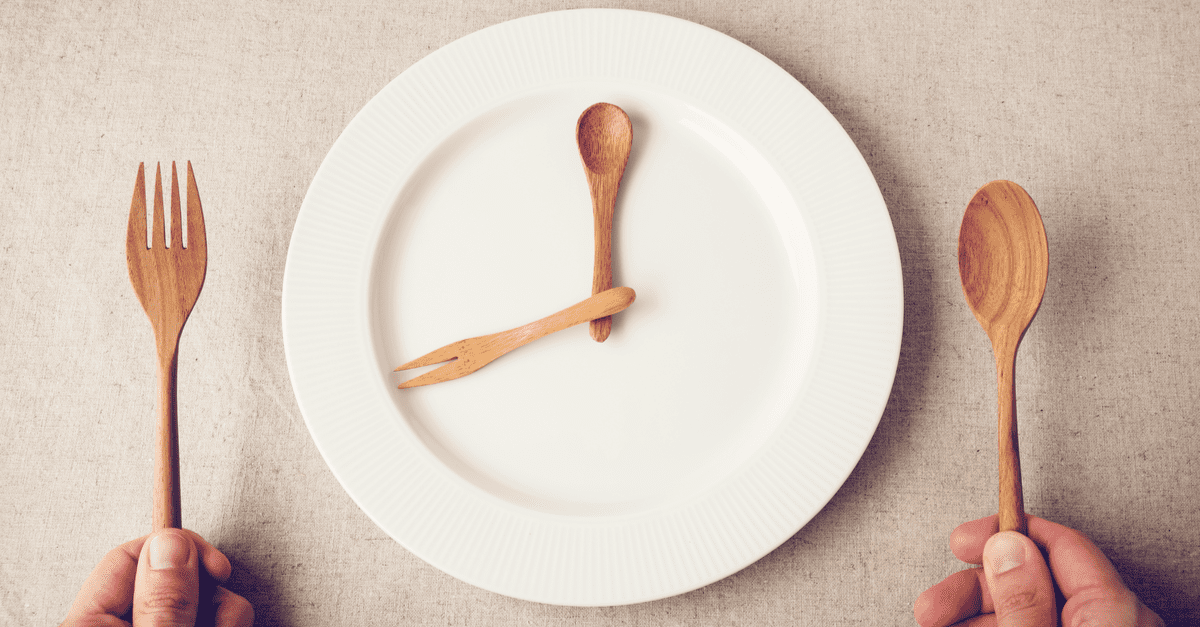If you’ve studied up on maximizing your health and wellness routine, you’ve probably read the recommendation (and perhaps rolled your eyes) to become a morning person. Those cringey interviews with billionaires and rich CEOs always start out the same: “I wake up at 4:30 a.m. sharp. I take a cold shower until my fingers and toes feel like they’re going numb. Then I drink organic coffee with butter and MCT oil (even though I have no idea why I do this, it’s supposed to be brain fuel or something). Then I write in my gratitude and goal-setting journals. Next, I work out for an hour. I refuel with a homemade plant-based protein smoothie. Then, I meditate for 10 minutes. I do all this before 7 a.m. when the rest of the world gets up.”
The subtext is that in order to achieve all your health and fitness goals, you need to get up before the sun to maximize your day—this is what “good” and “successful” people do. And sure, being a morning person can be beneficial for some folks if they are able to squeeze in a workout or chores they might not have time for otherwise. But some just aren’t morning people, and that’s totally fine. Not having energy at the crack of dawn doesn’t make you somehow a “worse” or “lazy” person.
The key is maximizing when you do have energy. For some, it could be 6 a.m. For others, it might be closer to 5 p.m. or later. According to a report from Redbooth and Priceonomics, most people are most productive around 11 a.m. on a Monday. That’s pretty specific, but it gets at the gist of maximizing your energy hours, or when you feel most productive. The first step is figuring out when those times are for you.
Step 1: Find your productivity hours
Yes, we’re going to give you some homework. I know this isn’t the most fun thing to do, but hear us out. To find your max energy and productivity hours, you need to keep a log—ideally for a full five-day work week, but the longer, the better. Every hour, write down how you’re feeling (i.e. focused? sluggish?) and what tasks you were able to accomplish during that time frame—the more specific, the better. So instead of writing down “working,” write down what specifically you were working on. Set a timer for each hour so you stay on track. After looking at your day as a whole, identify which time frames you felt most productive or had the most energy, which were moderately productive or had moderate energy, and which ones you had low productivity or low energy.
Step 2: Take stock of your tasks
Before your week starts (on a Sunday evening, for example), write down all the tasks you need to complete that week. They can be work-related tasks, social obligations, or chores you need to get done. Make sure to include plans for movement and self-care practices—this is key for your overall health and well-being. Things like workout classes, meditation, taking your vitamins, and journaling all count as important tasks.
From here, prioritize your tasks based on what needs to be done at a specific time or by a specific deadline, what is slightly less urgent, and what can be pushed off until next week if necessary. This will all help streamline your productivity.
Step 3: Reorganize your tasks based on productivity
Now that you have an idea of when you have the most energy and what needs to get done, you can plan your time most effectively. Use your high-energy hours to complete your most pressing tasks. If that’s 10 a.m. to noon, plan to focus on projects with a set deadline or tasks that require the most brain power during these hours. If you start work before then, you can use the early hours to do more menial tasks that don’t require as much focus, like cleaning out your inbox or filling out your expense reports.
But your energy hours don’t just have to be for productivity. You can also use your energy hours to focus on taking care of yourself. If you get a burst of energy around lunchtime, use your break to move your body or write in your gratitude journal. If you are a morning person, schedule a workout for 7 a.m. to have energy for the rest of the day. If you are a night owl, maybe 8 p.m. is when you write out your goals and to do lists.
Step 4: Use productivity tools to keep on track
To stay on track, it might be useful to enlist the help of a planner or app. Some planners are paper-based and others are digital.
Among paper planners, one of the best is the Planner Pad, which funnels your to do list into what you are able to accomplish each day. Other paper-based planners include.
Real results with a personalized weight loss program
Take the quiz!

- The Self-Care Planner, which isn’t just for productivity but also for wellness, gratitude, meals, health goals, and more.
- The Panda Planner Pro, which focuses on your routine to achieve long-term and short-term goals.
If you’re looking for something digital, these productivity apps could help:
- Toggl is a time-tracking app that can help you stay on top of your tasks.
- Reminders app is available for iPhone and it can be a great way to keep your to-do list in one place and schedule out deadlines.
- FacileThings is an app that helps you organize tasks based on David Allen’s GTD (Getting Things Done) method.
- Due can help you set deadlines and reminders, and is especially helpful for recurring tasks. It includes countdown timers and messaging to keep you on track.
Bottom line: there is no “right” way or “right” time to be productive
Despite all the well-meaning personal development advice that emphasizes being a morning person, it’s not feasible for everyone. And that’s totally OK. There’s nothing wrong with staying up until midnight and waking up at 8 a.m. (as long as you get your full seven to eight hours of sleep!). You know yourself better than anyone else, and you should make your energy hours work for you rather than trying to shoehorn a schedule that doesn’t fit your body.
This is easier said than done, especially if you work a 9-5 job. Coordinating with your boss to tweak your schedule to fit your energy and productivity hours is ideal, but it’s not always practical. Keeping a log during a traditional work day will help you identify the times when you are more productive than others, even if it’s not your peak productivity time. But if ice-cold showers at 4 a.m. and Bulletproof coffee are your jam, then by all means, go for it.





